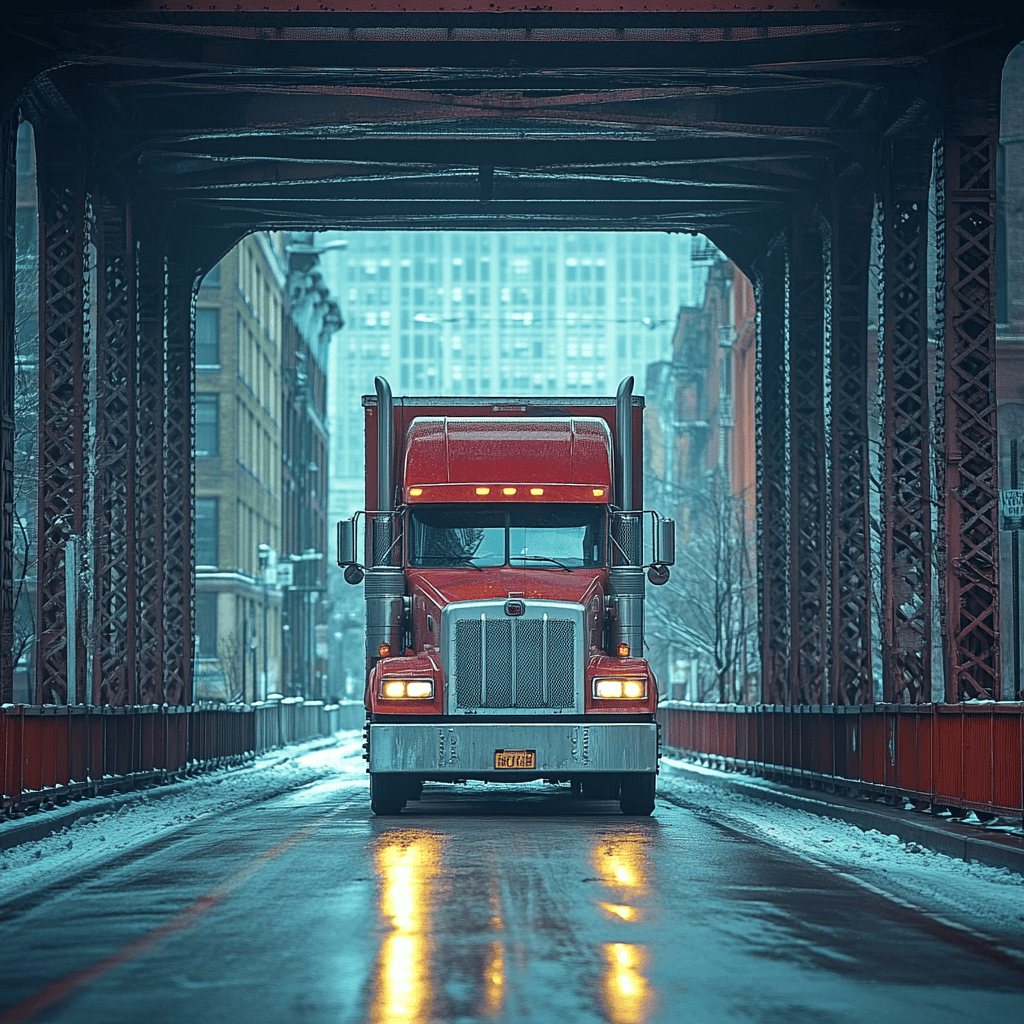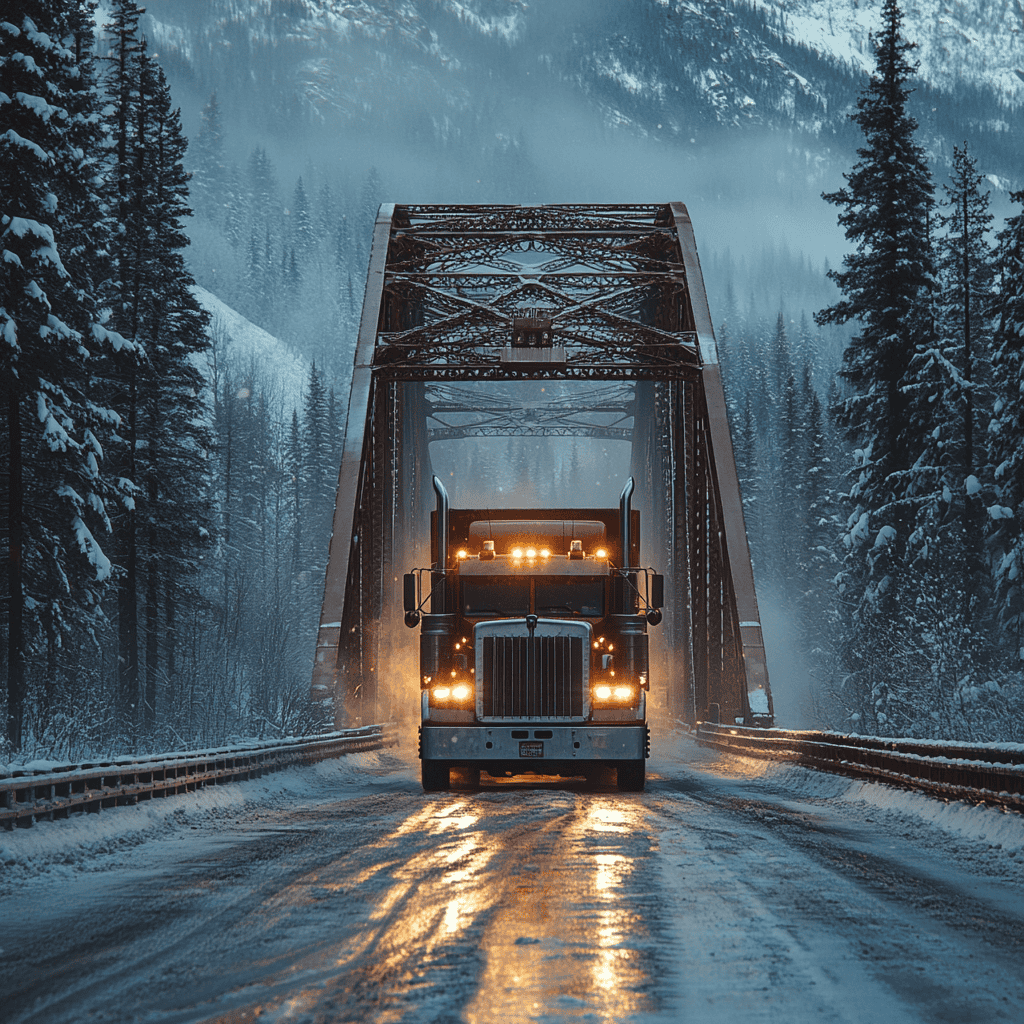Kansas Bridge Law
Freedom Heavy Haul can offer expedited Pickup and Delivery for any size shipment anywhere in the USA. Contact us today for No Hassle, No Pressure Pricing.
The Kansas Bridge Law is a critical set of regulations designed to safeguard the state’s transportation infrastructure. By controlling the maximum weight limits for vehicles, especially trucks, on public roads and bridges, the law aims to prevent damage and ensure safety. This article delves into the various aspects of the Kansas Bridge Law, explaining its purpose, components, enforcement, and overall impact.
Purpose and Scope of the Kansas Bridge Law
The Kansas Bridge Law is implemented to protect roads and bridges from the damage caused by overweight vehicles, ensuring infrastructure safety and longevity.

Purpose
The primary purpose of the Kansas Bridge Law is to protect roads and bridges from the damage that can be caused by overweight vehicles. Heavy loads can cause structural damage over time, leading to costly repairs and potentially hazardous conditions for all road users. By regulating vehicle weight, the law helps maintain infrastructure integrity, ensuring safety and longevity.
Scope
The law applies to all vehicles operating on public roads and bridges within Kansas, including commercial trucks, passenger vehicles, and agricultural equipment. This comprehensive scope ensures that all types of vehicles contribute to the maintenance and safety of the state’s infrastructure.
Understanding Weight Limits
Weight limits are crucial to prevent excessive wear and tear on the infrastructure, promoting safe and efficient transportation.
Gross Vehicle Weight (GVW)
The Gross Vehicle Weight (GVW) is the total weight of a vehicle and its load. Kansas follows the federal GVW limit of 80,000 pounds for interstate highways. However, state and local roads may have different limits based on their specific capacity and condition. Adhering to these limits is crucial for preventing excessive wear and tear on the infrastructure.
Axle Weight Limits
Weight limits are also specified for individual axles to ensure even distribution. This includes single, tandem, and tridem axles. For instance, a single axle might be limited to 20,000 pounds. These limits help in preventing overloading of specific parts of a bridge or road, thereby distributing the stress more evenly.
Weight Distribution
Proper weight distribution across a vehicle’s axles is essential to avoid overloading any single part of the infrastructure. This balanced distribution minimizes the risk of structural damage, promoting safer travel and longer-lasting roads and bridges.
The Bridge Formula
The Bridge Formula is a mathematical tool used to determine the maximum allowable weight on a bridge, ensuring safe and efficient weight distribution.

Definition
The Bridge Formula is a mathematical formula used to determine the maximum allowable weight on a bridge based on the distance between the axles of a vehicle. This formula ensures that vehicles have an appropriate weight distribution to minimize stress on bridges.
Formula and Application
The formula is expressed as:

Where:
- WWW is the maximum weight in pounds.
- LLL is the distance in feet between the outer axles.
- NNN is the number of axles.
This formula ensures that the weight is distributed in a manner that reduces the impact on bridges, making it a vital tool for infrastructure protection.
Enforcement and Penalties
Strict enforcement and penalties are essential for ensuring compliance with the Kansas Bridge Law, safeguarding infrastructure integrity.
Inspections
The Kansas Department of Transportation (KDOT) and law enforcement agencies conduct regular inspections to ensure compliance with weight limits. These inspections are crucial for detecting and addressing violations that could compromise infrastructure safety.
Penalties
Violations of the Kansas Bridge Law can result in significant penalties, including fines and vehicle impoundment. The severity of penalties often depends on the extent of the violation. Strict enforcement of these penalties ensures that vehicle operators adhere to the regulations, protecting the state’s infrastructure.
Exceptions and Special Permits
Certain exceptions and special permits allow for flexibility within the Kansas Bridge Law while still prioritizing infrastructure safety.

Agricultural Vehicles
Certain exemptions exist for agricultural vehicles, especially during harvest seasons. These exemptions allow for heavier loads within specific limits, recognizing the unique needs of the agricultural sector while still aiming to protect infrastructure.
Special Permits
Operators can apply for special permits to exceed standard weight limits. These permits typically require a detailed route analysis and additional fees. The permits ensure that overweight vehicles are only allowed on routes that can safely accommodate them, thereby balancing the need for heavier loads with infrastructure protection.
Impact on Transportation and Infrastructure
The Kansas Bridge Law significantly influences the longevity and economic efficiency of transportation infrastructure.
Infrastructure Longevity
By controlling vehicle weight, the Kansas Bridge Law helps extend the lifespan of roads and bridges. This reduces the need for frequent and costly repairs, ensuring that infrastructure remains safe and reliable for all users.
Economic Efficiency
While weight limits can impose constraints on transportation, they ultimately contribute to a more reliable and sustainable infrastructure system. This benefits the economy by reducing maintenance costs and ensuring smoother, safer travel for goods and people.
Conclusion
The Kansas Bridge Law is a vital regulatory framework that balances the needs of the transportation industry with the imperative to protect and maintain infrastructure. By understanding and complying with these regulations, vehicle operators contribute to safer roads and more durable bridges, benefiting the entire community. Through effective enforcement, strategic exemptions, and a focus on weight distribution, the Kansas Bridge Law ensures the longevity and safety of Kansas’s transportation network.







